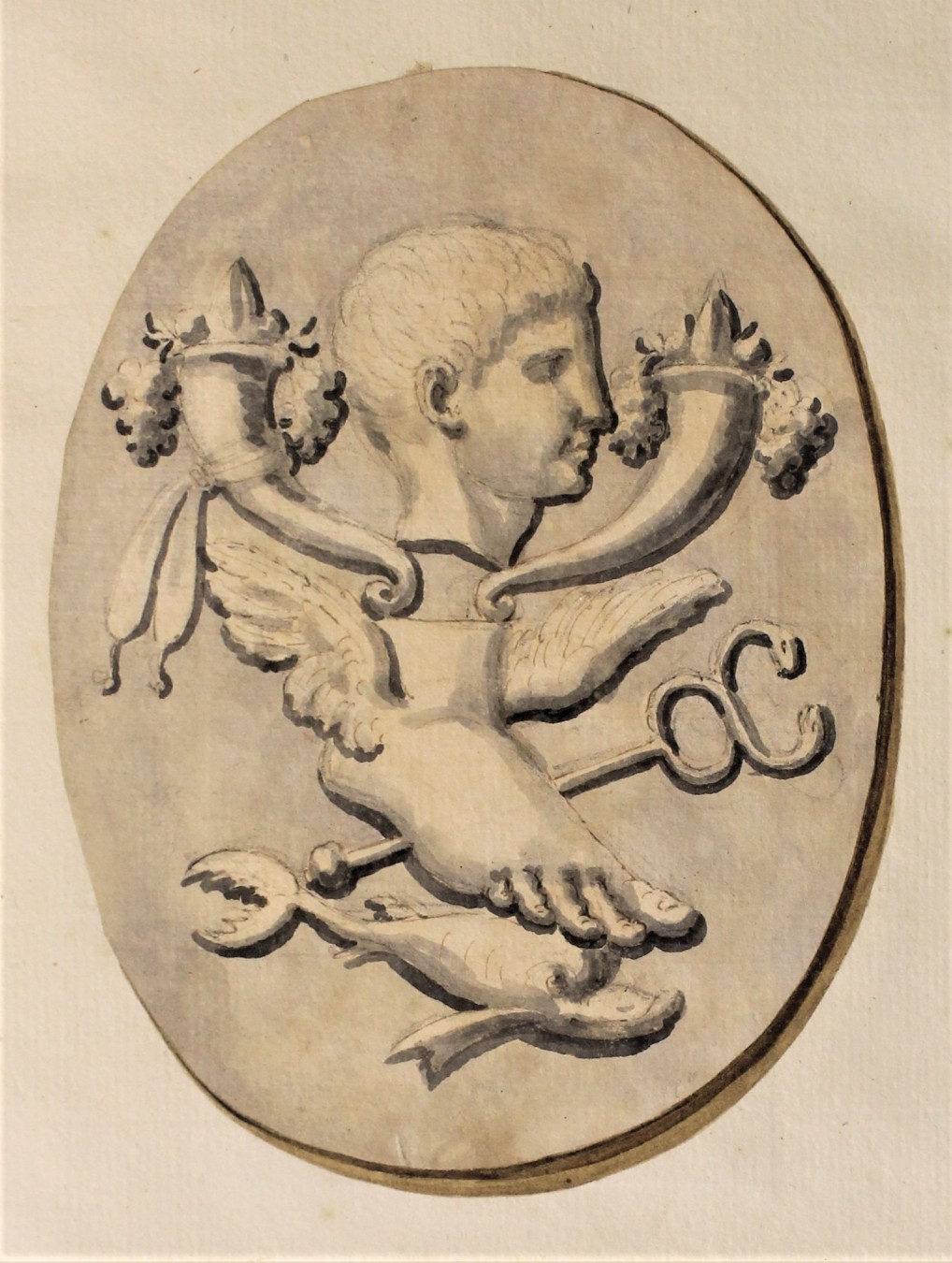

 Widok zawartości stron
Widok zawartości stron
Widok zawartości stron
Widok zawartości stron

 Widok zawartości stron
Widok zawartości stron
Widok zawartości stron
Widok zawartości stron
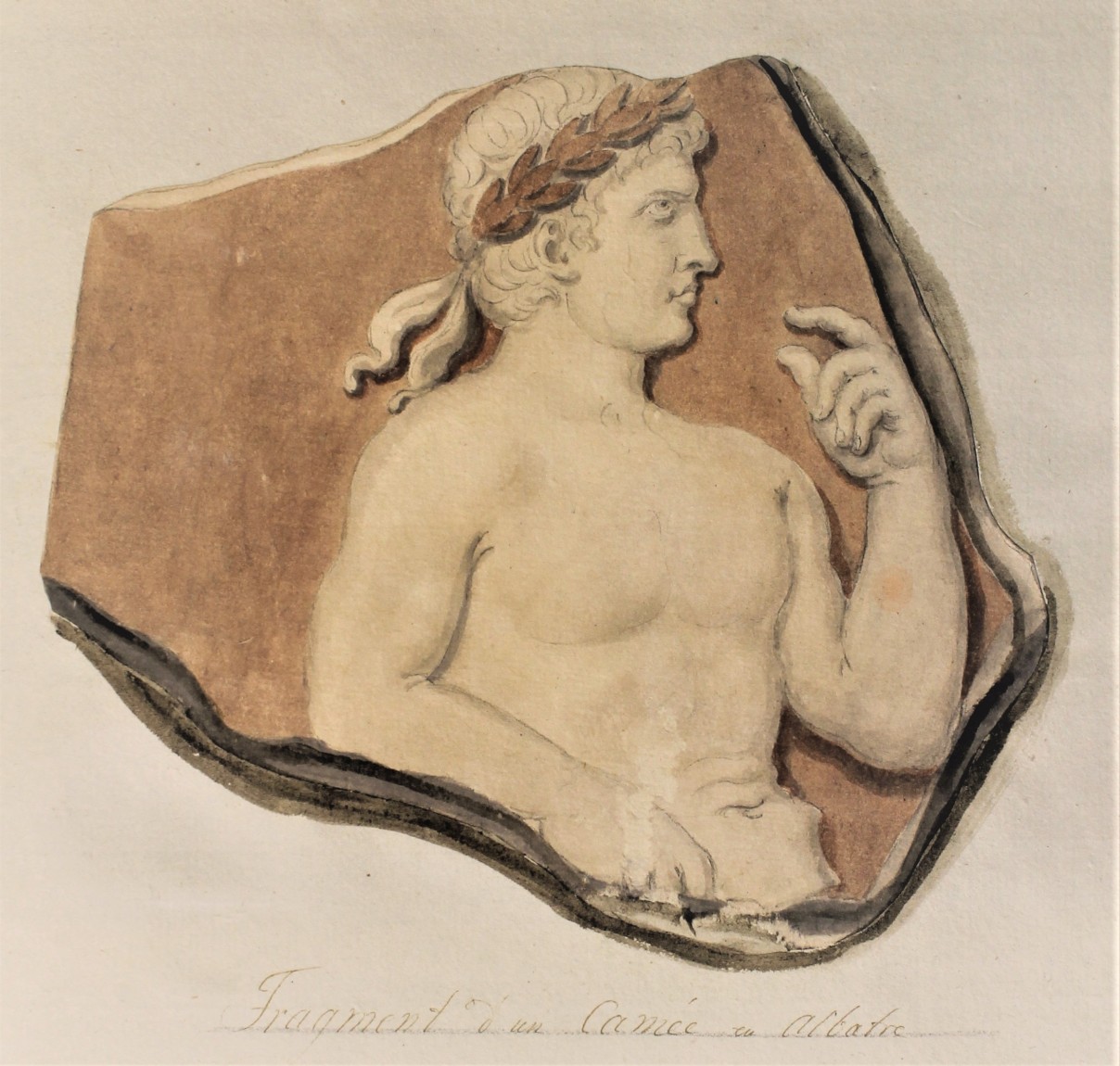
 Widok zawartości stron
Widok zawartości stron
Widok zawartości stron
Widok zawartości stron
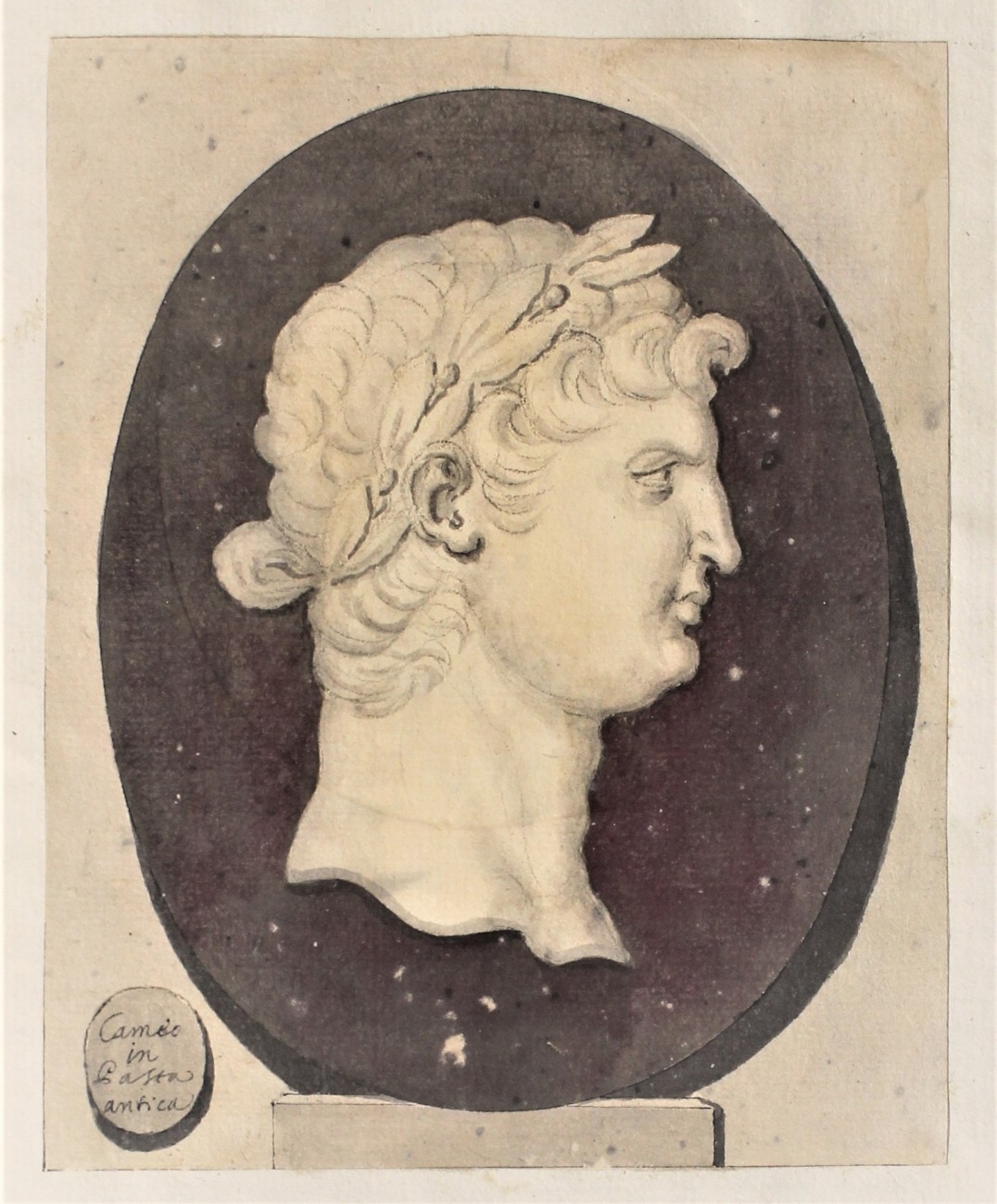
 Widok zawartości stron
Widok zawartości stron
Widok zawartości stron
Widok zawartości stron
 Dr Paweł Gołyźniak (PI)
Dr Paweł Gołyźniak (PI)
Institute of Archaeology, Jagiellonian University
Research Fellow in the Department of Classical Archaeology, Institute of Archaeology, Jagiellonian University in Krakow. His research interests include engraved gems (ancient and neo-classical), Roman Republican and Augustan numismatics, history of antiquarianism, collecting and scholarship as well as eighteenth-century drawings of intaglios and cameos and the legacy of antiquary and connoisseur Philipp von Stosch (1691-1757). He is the author of two books: Ancient Engraved Gems in the National Museum in Krakow (Wiesbaden: Dr. Ludwig Reichert Verlag, 2017) and Engraved Gems and Propaganda in the Roman Republic and under Augustus (Oxford: Archaeopress, 2020) oraz as well as more than a dozen of scientific articles.
He is responsible for management of the project. He investigates the documentation of Stosch’s gem collection, and his other documentary and scholarly projects primarily on the basis of the collections of gem drawings from the Princes Czartoryski Museum in Krakow and those preserved in the Kunstbibliothek - Ornamentstichsammlung in Berlin. He writes about Stosch's unfinished supplement to his book Gemmae antiquae caelatae and he analyses Winckelmann's catalogue of Stosch’s gems published in 1760 and later publications on this cabinet. He also researches the relationships between Stosch and his peers within the antiquarian and scientific circles of eighteenth-century Rome and Florence, especially his collaboration with Pier Leone Ghezzi and Hieronymus Odam.
Academia.edu profile: https://jagiellonian.academia.edu/PawelGolyzniak
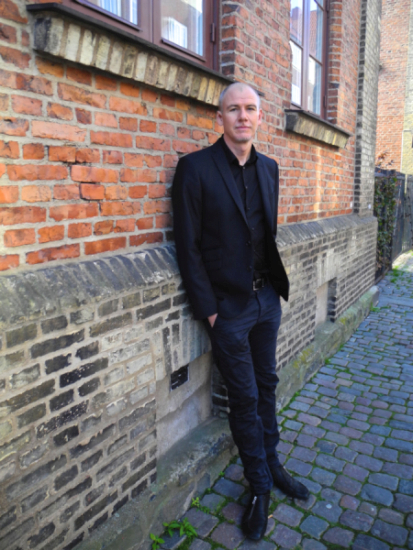 Prof. Ulf R. Hansson
Prof. Ulf R. Hansson
Swedish Institute of Classical Studies in Rome
Director of the Swedish Institute of Classical Studies in Rome. A classical archaeologist, art and cultural historian, now working mostly on the history of scholarship, knowledge and cultural transfer (antiquarianism and archaeology), history of collecting and collections, the early modern art and antiquities market, and popular reception of ancient art and culture. He is currently working on a book about the antiquary and connoisseur Philipp von Stosch (1691-1757), and another on antiquarian networks in early modern Europe. He is the author of A Globolo Gems: Late Etrusco-Italic Scarab Intaglios (Göteborg 2005) an numerous articles in the field.
Within the project, he writes about Philipp von Stosch's life and his various collections, not only gems. He investigates antiquarian and proto-archaeological networks in early modern Europe with a particular emphasis on the antiquarian interests and wide-ranging activities of Stosch and people related to him. He also comments on Stosch's contribution and impact on the development of the studies of ancient glyptics from a contemporary perspective.
Academia.edu profile: https://isvroma.academia.edu/UlfRHansson
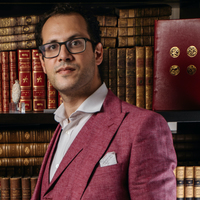 Hadrien J. Rambach
Hadrien J. Rambach
Lille University/University of Tübingen
PhD candidate at the Lille University and the University of Tübingen where he is preparing a thesis on Micheet d’Ennery. He has published numerous articles worldwide in various scholarly publications devoted to numismatics and to the history of collecting, with a special emphasis on engraved gems.
For the project, he investigates Bernard Picart's drawings once in the so-called Spencer-Churchill Album and in other places and he writes about the production proces of Stosch’s book Gemmae antiquae celatae using a variety of pictorial and archival sources from public and private collections. He contributes with a study on the lost gem drawings once commissioned by Philipp von Stosch as well and he draws a contextual history of production of gem drawings from the medieval times up to the end of the eighteenth century.
Academia.edu profile: https://independent.academia.edu/HadrienRambach